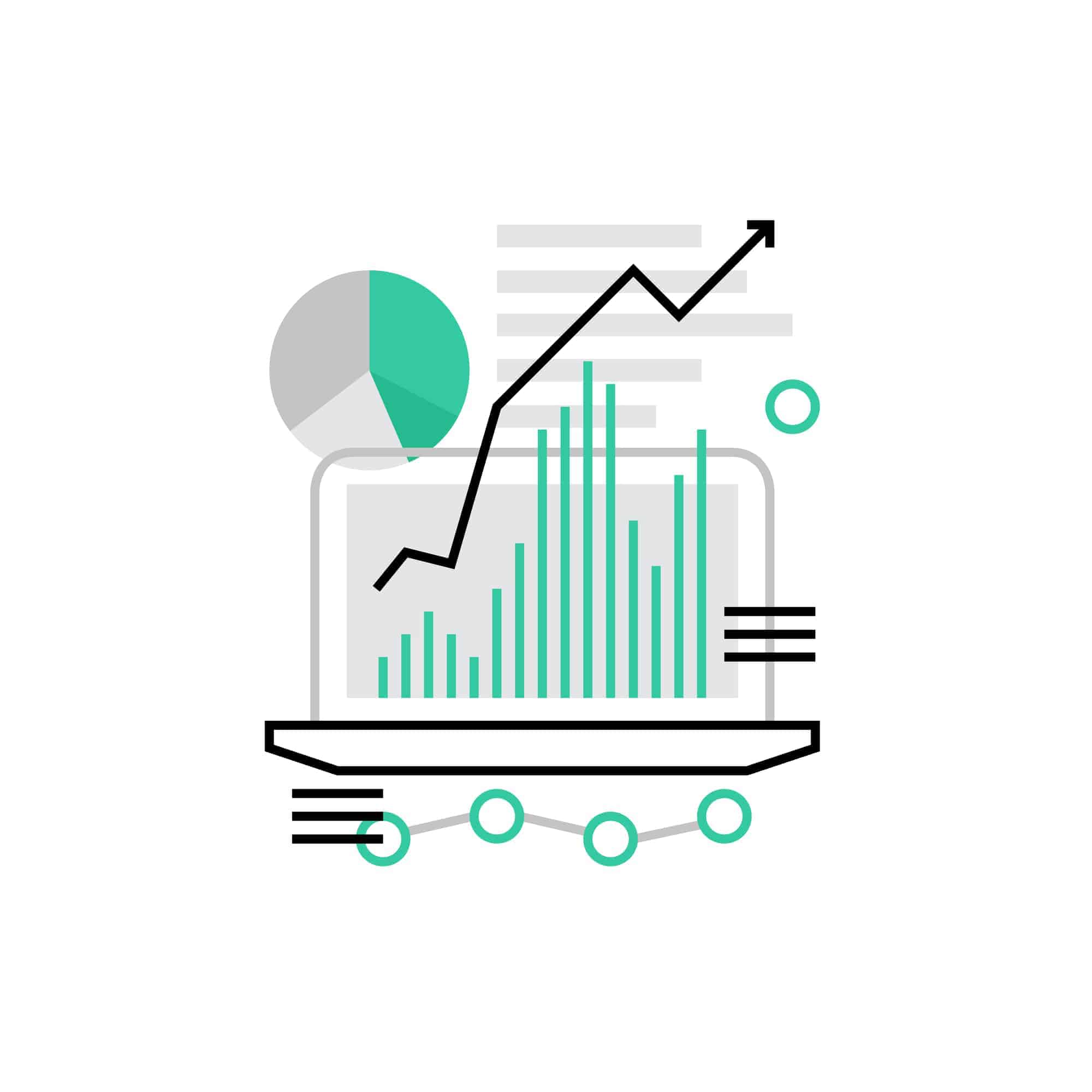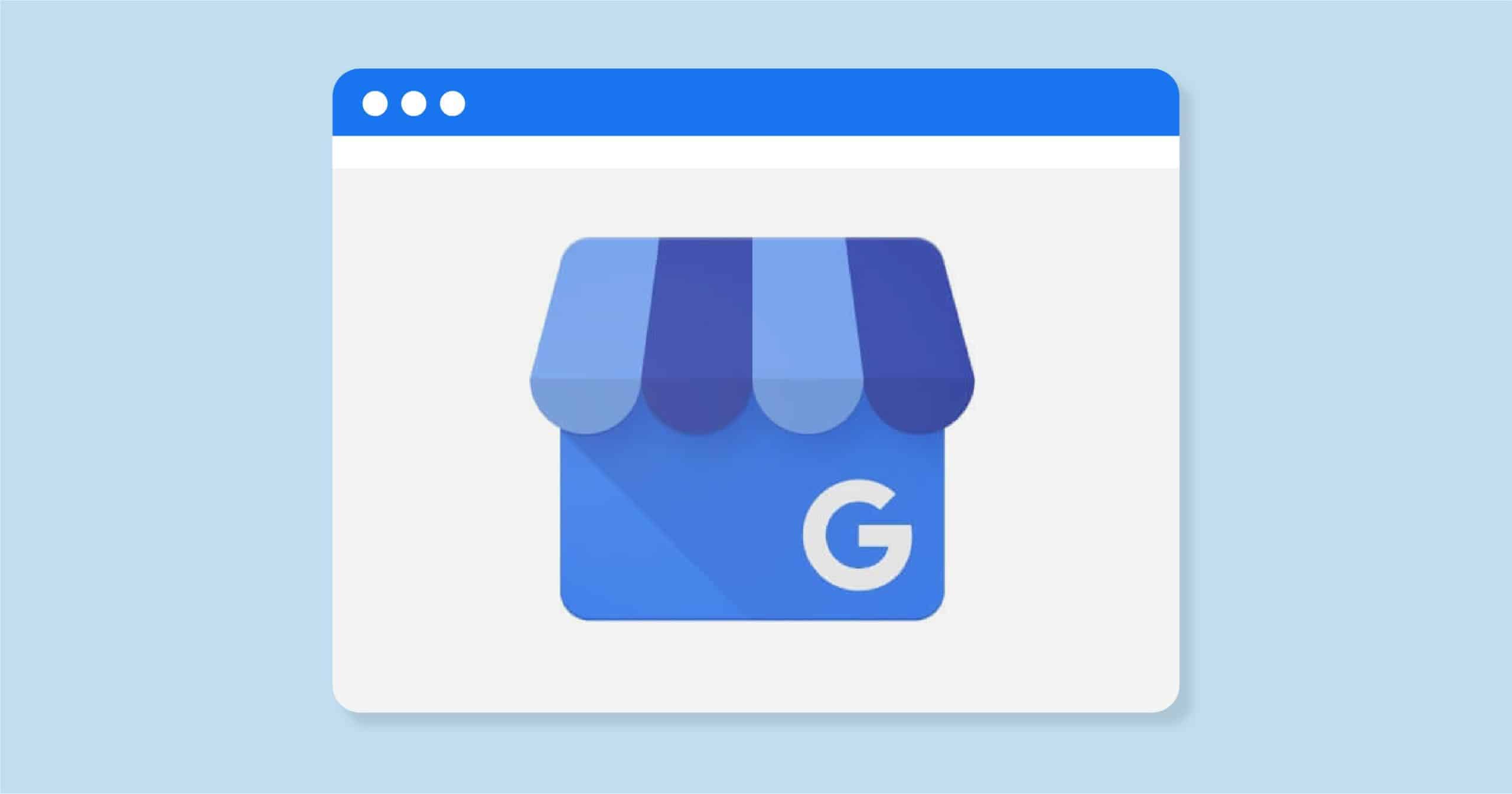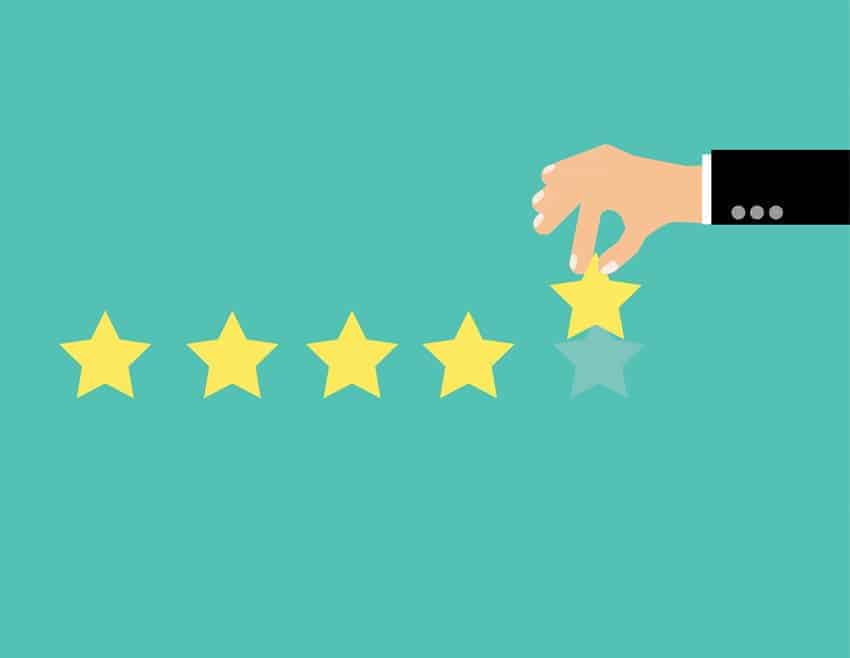A Simple Local SEO Checklist For 2020:
10 Ways To Increase Your Traffic
Simple Local SEO Checklist For 2020
Have you been looking for a simple local SEO checklist to help guide your online marketing strategy for 2020?
Implementing good SEO practices is one of the best ways to bring more traffic to your site, and increase your annual revenue. In fact, it’s gotten to the point that it’s a non-negotiable step to building a successful online business. If you’re not putting SEO principles to use on your website, you’re not going to get noticed.
Think about it… all your competitors are making use of SEO principles on their websites! If you’re not, you’re getting left behind.
Local SEO vs. Organic SEO

So, let’s talk basics. What exactly is SEO? SEO is the process of increasing your website traffic through search engine rankings.
When implemented correctly, SEO not only increased the AMOUNT of traffic, but also the quality. SEO excludes increased visibility for your website through direct traffic/visitors and paid ads.
An organic SEO strategy will focus on national or global potential clients. If you run an eCommerce platform, organic SEO is especially important because you can ship to anywhere, and your clientele does not have to be localized.
Local SEO is often just as important as organic SEO if you are a brick-and-mortar business. But many business owners don’t know the difference, and so their local marketing suffers.
How Will A Local SEO Checklist Help You Succeed?
Organic SEO is a practice that, most of the time, revolves around a website. The website can be an entirely internet-based business, which may or may not have a brick-and-mortar location.
On the opposite side of the coin, local SEO is the practice of building trust signals and marketing to a target audience that is searching for relevant content for a specific location; a brick-and-mortar business. When considering a local SEO strategy, it’s important to remember that 43% of all Google searches are location oriented and about 50% of mobile searches have a local intent.
Business2Community breaks it down in a way that’s super easy to understand: “In traditional organic SEO, search engines are looking for relevant and trusted content. For local SEO, search engines are seeking out relevant and trusted locations.”

Simple Local SEO Checklist
We’ve established how important SEO can be for business, and how important it is in today’s digital industry. But the practical side of SEO can be a little (ok, a lot!) intimidating. To help you out, we’ve created a simple local SEO checklist to help you check off all the steps that will help your website succeed.
1. Optimize Your Site For Local SEO
Many of the principles of local SEO are the same as organic SEO. Google crawls web content and indexes what it finds to help people find exactly what they’re searching for.
Make sure your homepage clearly communicates what your business offers and where you are located. Include your address, full business name, and phone number. If your business has multiple locations, make sure to have a separate page which clearly locates the different cities and phone numbers for each location.
Google indexes this information in order to accurately answer search engine queries. If your products, services, and location are clear, Google will make sure you appear in local search results that have to do with your industry and location.

It is also helpful to have a “Contact” and an “About” page that is easy to access from your homepage. Google recognizes and indexes these pages and they have been proven to drastically increase your SEO rankings, both organic and local.

2. Optimize Your Site For Mobile
Over 60% of site visitors are coming from mobile devices in 2020. Making sure your site is optimized for mobile viewers will boost your national and local SEO, as well as your conversion rates.
Not only is it important to make sure your website design is easily usable from a mobile device, but you will increase your local SEO rankings if your address and phone number and clickable in mobile. When your contact information is clickable, you lead your customers directly to a phone call or Google maps within their mobile device.
Making it as easy as possible for potential customers to find you and contact you sends an important trust signal, and also helps a customer have an easy and stress-free purchasing journey.
3. Optimize Your Metadata
Metadata is a complicated sounding word for a simple practice: it’s data that describes other data.
On every website, metadata is used to describe individual pages and elements in order to allow search engines to understand what each page portrays and index it accordingly.
Using metadata on all your web pages, outgoing links, titles and image alt text gives a clear representation of the information that can be found on your website.

According to Moz.com, meta tags are some of the best tools in a search marketer’s repertoire, and shouldn’t be overlooked. But developing the right metadata strategy is key. Some of the most important pieces of metadata that will affect your SEO rankings are title tags, meta descriptions, and image alt text.
If your website is going to rank organically, your site needs to be indexed through the use of targeted keywords in your web content AND metadata.

4. Create + Optimize Your Google My Business Page
Databox asked 53 SEO experts to rank different marketing channels (website, email marketing, content marketing, SEO, etc.) in order of importance for local businesses.
The most important thing they cited was a local business’s website. The second most important: a Google My Business listing.
To reap the full SEO benefits of a Google My Business Page, it’s important to be thorough. Make sure your page is verified on Google, and fill out your profile completely and choose the most relevant categories for your business. Ensure that your profile information is correct, and updated frequently. Your business name, address, and phone number also need to appear consistently across the web. If your business shows up in listings or social media pages other than Google My Business, make sure all contact information is the same in every place it’s listed.
Contact information on a Google My Business Page is vital, but so is visual representation. Upload semi-professional (or professional) images that help showcase your store and send a trust signal to potential customers.
Lastly, make an effort to collect positive reviews. Almost 70% of consumers say they are likely to check online reviews on Google BEFORE visiting a business. If your business has no reviews, or poor reviews, your website and store are going to suffer.
5. Generate Local Backlinks
Backlinks are links from one website to another, often used as a resource. Backlinks are invaluable, because they tell search engines that your site has reputable and trustworthy information that other websites/web users find valuable.
Having a successful backlinks strategy has proven to be one of the top keys to boosting your website’s SEO performance.
By posting a Google My Business Page, you’ve already gained a valuable backlink to your site from Google itself!

But it’s important to gather backlinks from other local websites.
6. Utilize Social Media
One of the basic principles of marketing is that the more people are talking about your products and services online, the more sales you will make. Social media is a great place to start that conversation. With almost 3 billion social media users globally, that’s a lot of opportunity to talk about your business!
Social media platforms such as Pinterest and Instagram have implemented new shopping features that allow users to go directly from a social post to a mini landing page.

This feature works like an immersive storefront: people can see how products work or look on other buyers. It’s a much more refined way of viewing products and services in action, and gives people a taste of what your business can offer.
Maybe the product or service you offer isn’t conducive to a social media shopping feature: that’s ok! Social media marketing has been proven to promote brand awareness and send a powerful trust signal to potential customers. Never underestimate the power of a little human interaction between a brand and a potential lead!

7. Perform Local Keyword Research (And Implement It!)
Local keyword research can be very similar to general keyword research, but it has a few subtle differences that will go a long way in increasing your local search rankings.
One of these differences is Service in Locations (or SiLs). Primary keywords are keywords or phrases that people are searching for in general.
For example, if you are a CPA from Medford, Oregon that does taxes, there will be national keywords/phrases that you’ll want to rank for (such as “cpa taxes”, “how to find the right cpa for taxes”, “does a cpa do taxes”, etc) but there will also be SiL keywords that will bring local clients to you.
These keywords will be specific to the SERVICE you offer in the LOCATION you offer it (such as “CPA taxes in Medford”, “cpa near me”, “cost of cpa in oregon”, etc.)
An easy strategy for developing a SiLs keyword strategy is to compile a list of all the services you offer, and the locations you serve. Combine these words to create a huge list of great local keywords.
Another great place to look for help for local keywords is Google’s autocomplete feature. Enter in some of your primary keywords (including your location!) in Google and take note of the top suggested searches. Take notes, and implement some of the top results into your keyword strategy.
Implement these rich keywords throughout your site, including in your website content, title tags, and metadata.
8. Make Use Of Google Maps
Using Google Maps as part of an SEO strategy might seem strange, but there’s a reason we’ve included it in our Local SEO Checklist!
Think about when you’re searching for a local business. You type in your query (maybe it’s “best coffee shop near me”) and check out the results. The top Google My Business and Google Maps results show up as a “3-pack” above all other search engine results.
You look at those top three options, maybe read a review or two, check out the closing time of each location. And then what? You check out the map at the top of the results page, and find the shop that’s closest to you.

Google Maps Marketing has been named the MOST IMPORTANT local SEO practice. If you want your business to be discovered locally, you need to be showing up on Google Maps, ideally in the search results “3-pack”.
Google Maps Marketing is based off of just a few things: the top factors will be your proximity to the person searching for keywords in your area, the accuracy and completeness of your Google My Business listing, and your reviews.
By cultivating your Google My Business page, encouraging positive reviews and professionally responding to negative reviews, and talking about your business in Google My Business you will gain visibility not only in search engine results, but also in those coveted top 3 positions of Google Maps search results.

9. Add Your Business To Local Directories
Most people who have a query about local services head to Google for information. But a majority of these searches lead back to local business directories, or “online yellow pages” websites such as Facebook, Yellow Pages, or Yelp.
Most online directories, like Yelp or LinkedIn, have huge marketing budgets that drive traffic to their site, which helps them appear in not only paid searches but also organic search results.
Their budget also allows them to develop successful SEO strategies, like ranking for a variety of keywords and terms.
Adding your business to these local directories allows you to take advantage of the budget of these larger companies to benefit your own SEO strategy.
An added bonus: a listing in an online directory counts toward your backlink strategy, which will also help increase your overall SEO!
Here are a few business directories that you can add your business to in order to increase search engine rankings and drive more traffic to your website:
1. Google My Business
2. Yelp
3. Facebook
4. LinkedIn
5. Yellowpages.com
6. Local.com
7. WhitePages.com
8. CitySearch
9. MerchantCircle
10. Mapquest
11. Yahoo Local
12. DexKnows
13. Insider Pages
There are dozens more, but this list is a great place to start!
10. Gather And Showcase Reviews
If you’ve been in business for any amount of time, you know that your reputation is everything. Especially when it comes to local business. A local SEO Checklist wouldn’t be complete without talking about reviews.
Over 93% of consumers say their buying decisions are influenced by online reviews. That’s a huge portion of your potential customers that are checking out your online presence before they decide to buy from your brand.

The percentage is so large, it’s impossible to ignore. If 93% of potential conversions take customer feedback into account, you need to develop a strategy to manage your customer feedback.
Firstly, you need to make it easy for your customers to leave reviews. Make links to your review profiles easy to access from your website and social media profiles.
Train your staff to ask customers to leave a review when they’re checking out. Reach out to some of your previous customers who you’ve had positive interactions with and ask them personally to write a review.
But make sure you’re coming by reviews honestly: incentivizing reviews is actually illegal, and many review platforms will block your business or shut down your profile if they detect that you’re offering discounts or promotions for people reviewing your brand.
Often, retailers are afraid to display reviews because they have one or two negative reviews that they feel reflect poorly on their business. That’s where online reputation management comes in.
Bad reviews might be discouraging, but they’re also a great place to showcase the professionalism and personality of your brand. Use them as an opportunity to communicate with your customer, diffuse situations, offer to make up for their dissatisfaction, and learn from your mistakes. By treating customers well and by listening to and meeting their needs, you can earn long-term loyalty and trust as a result.
Wrapping Up
This Local SEO Checklist is pretty straightforward: so are the results! We guarantee that if you put these best local SEO principles into practice, your website will be ranking higher in local search engine results in no time.
Contact us today and find out more about how we’ve used our decade of experience in SEO practices to help businesses thrive all over the nation.







